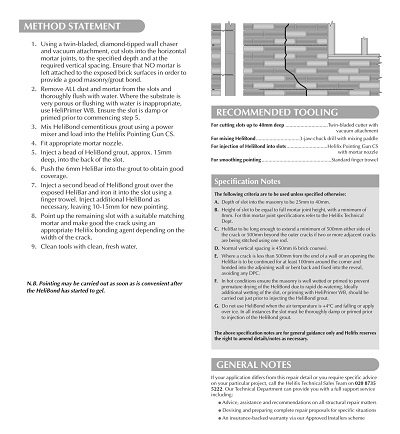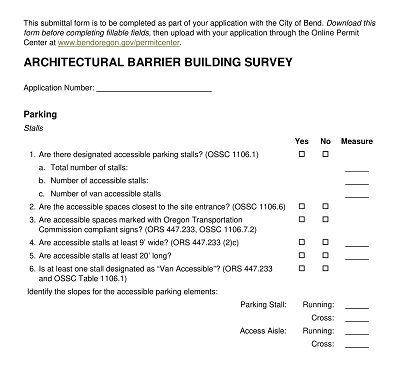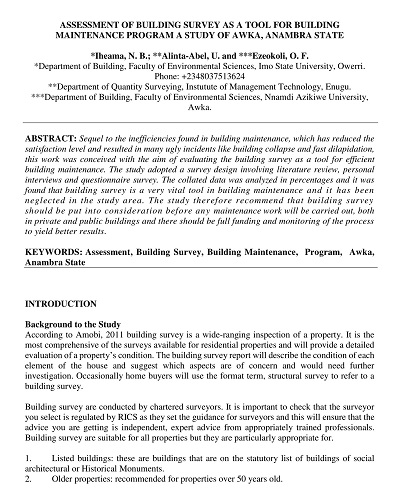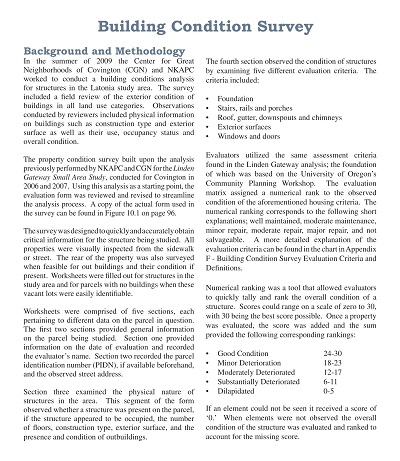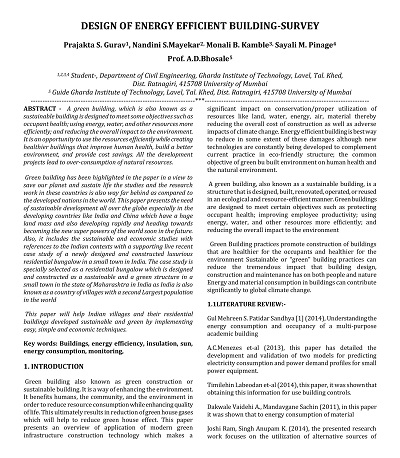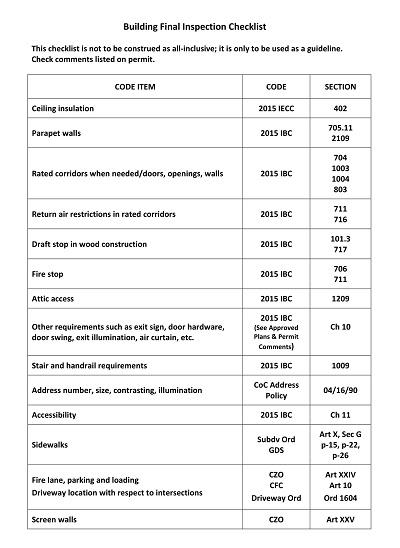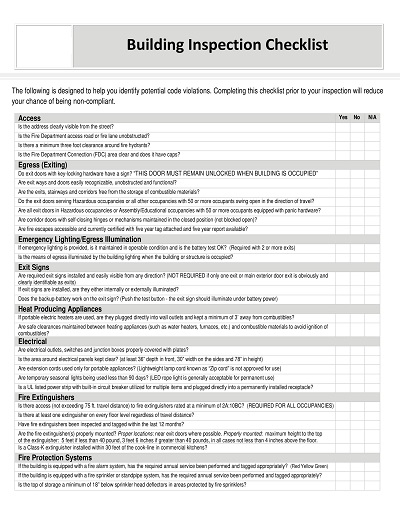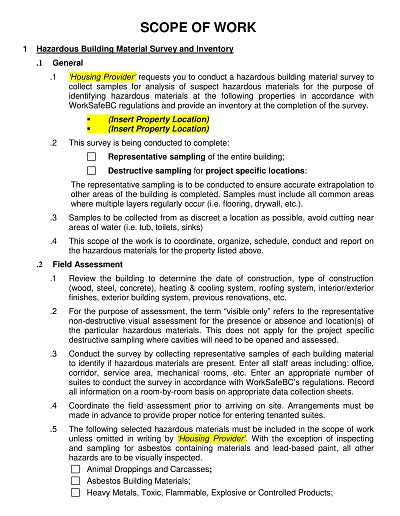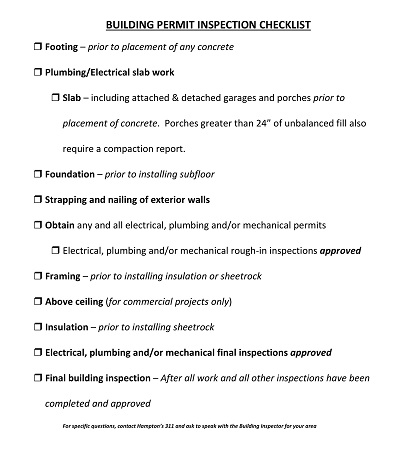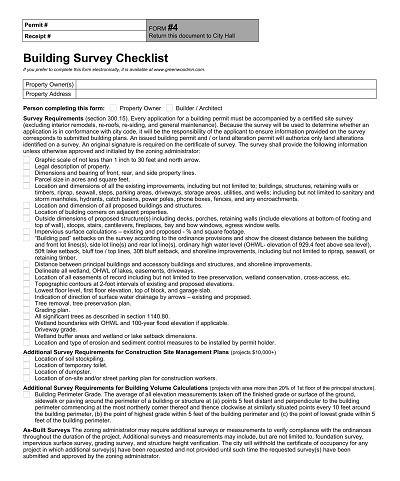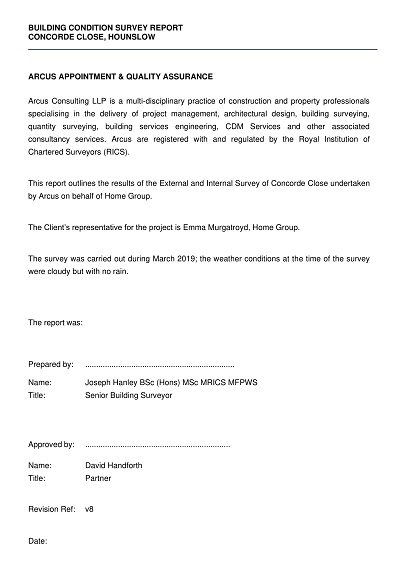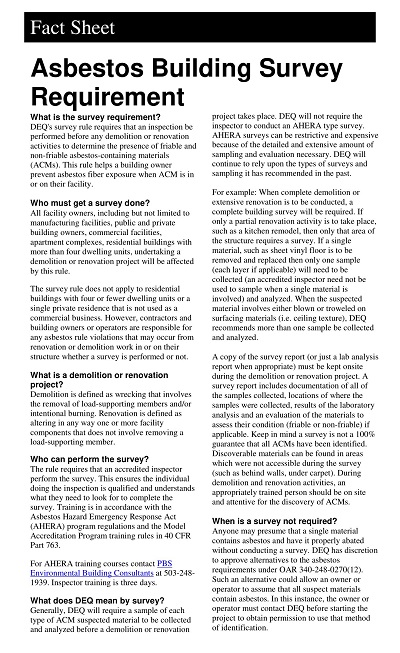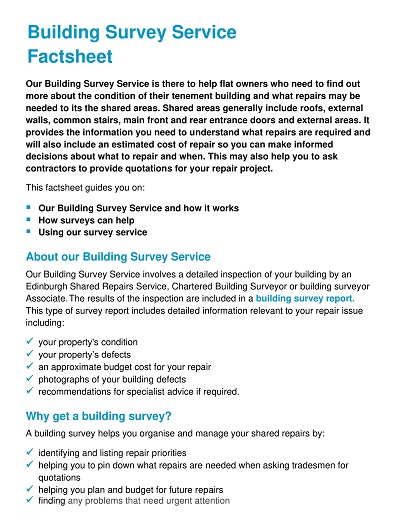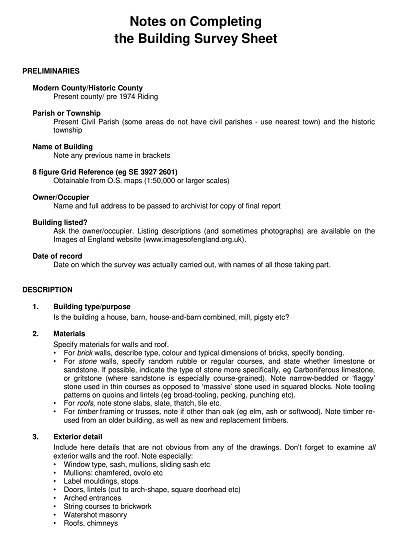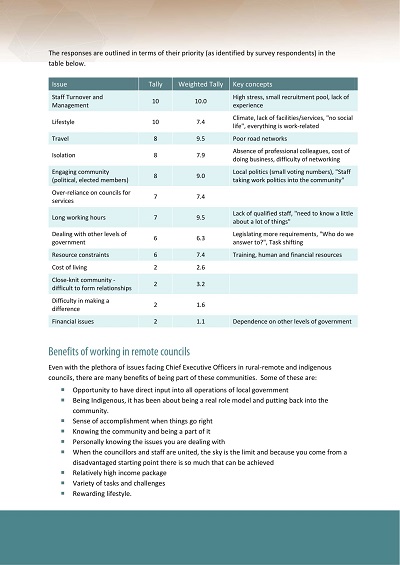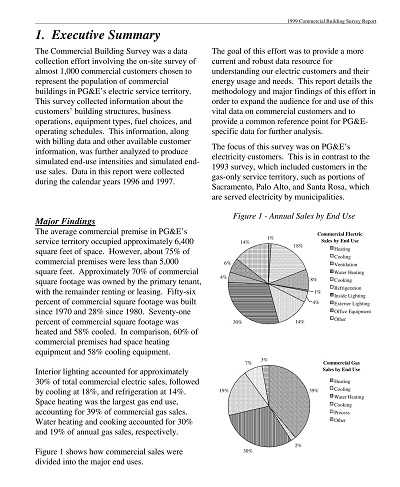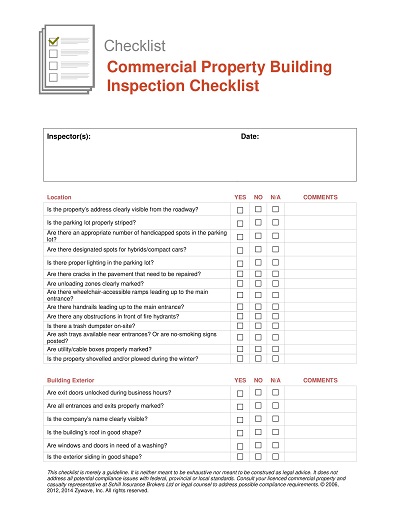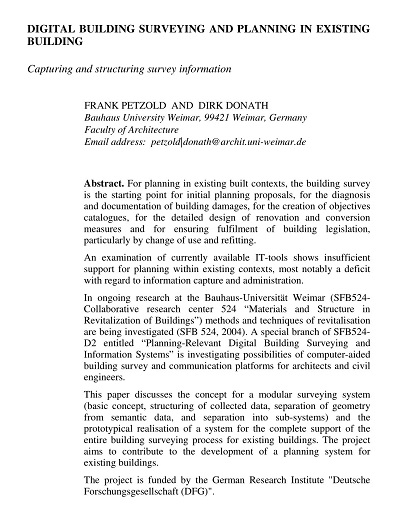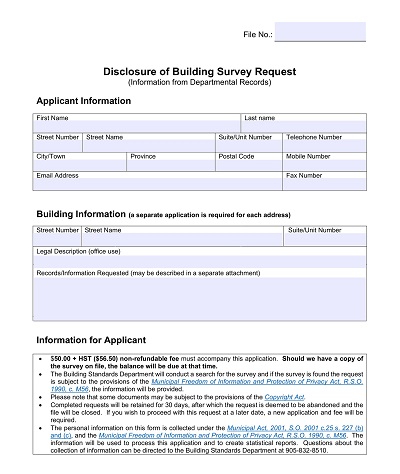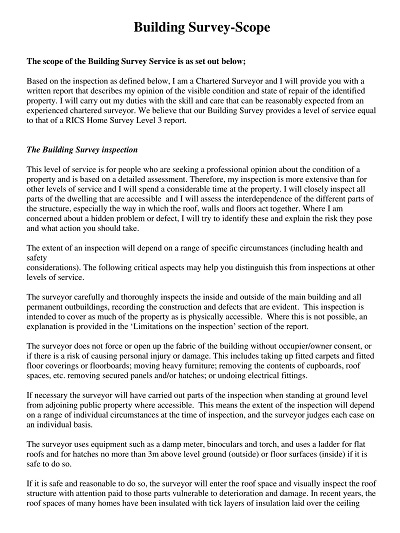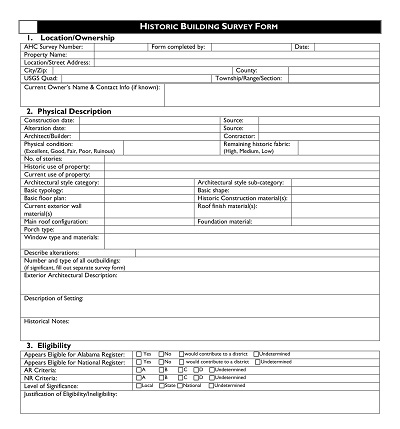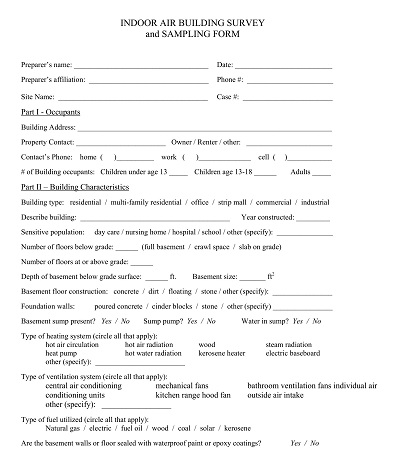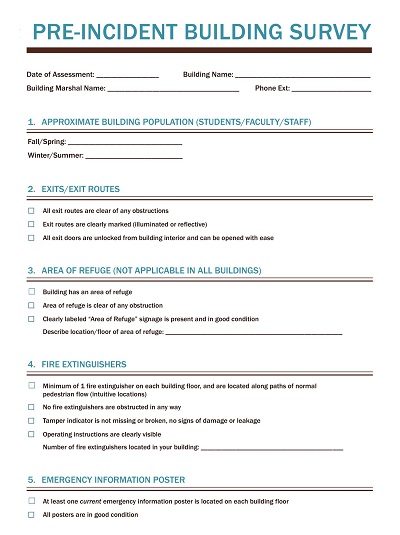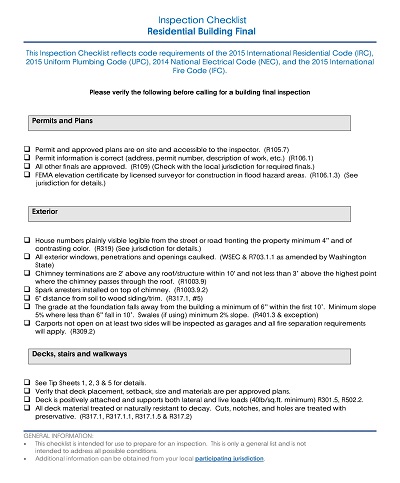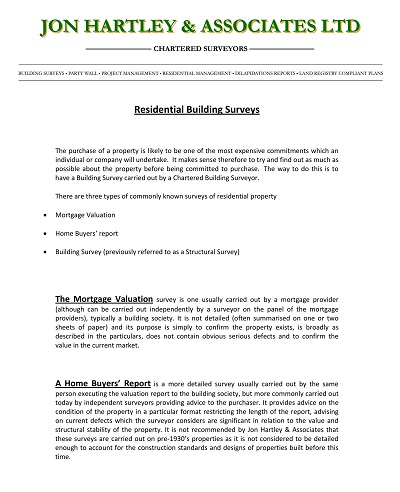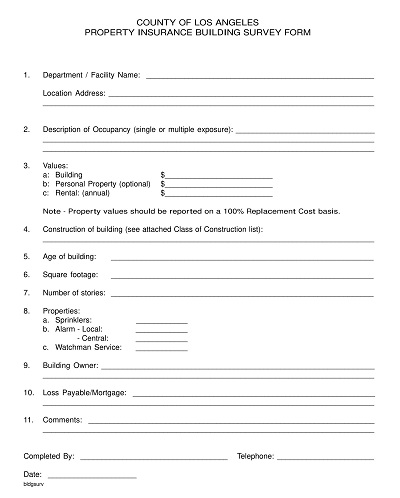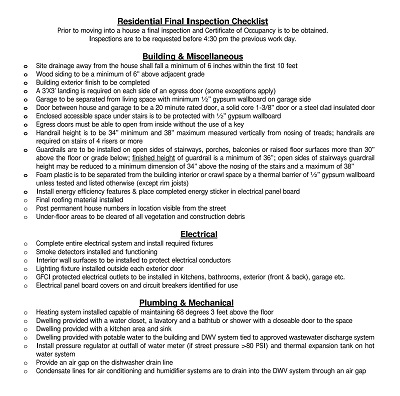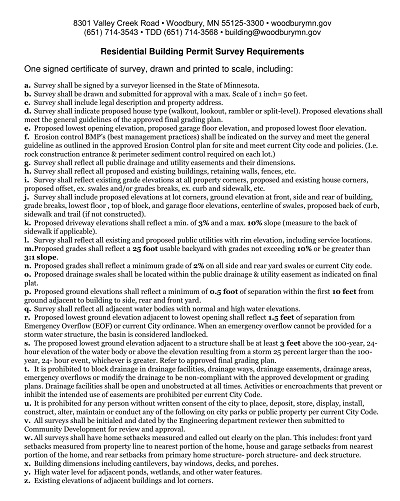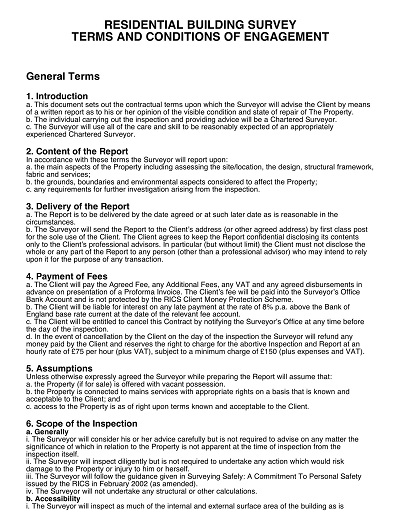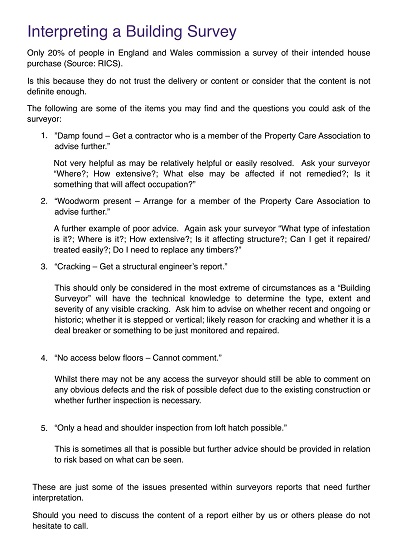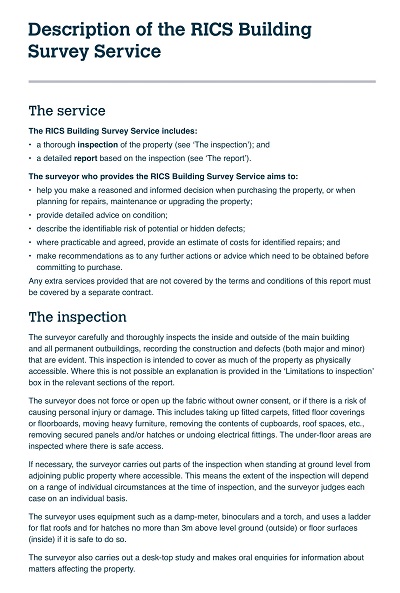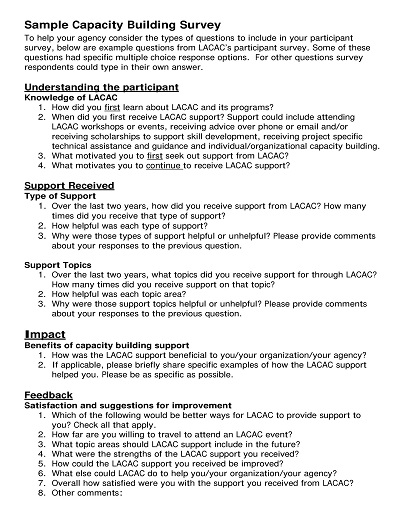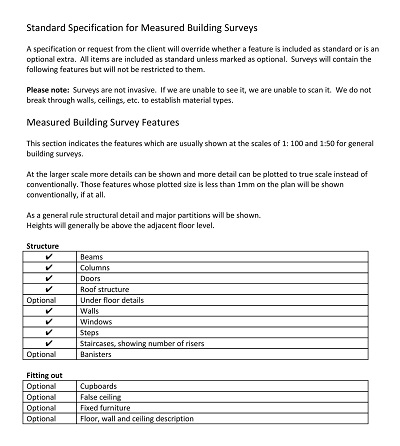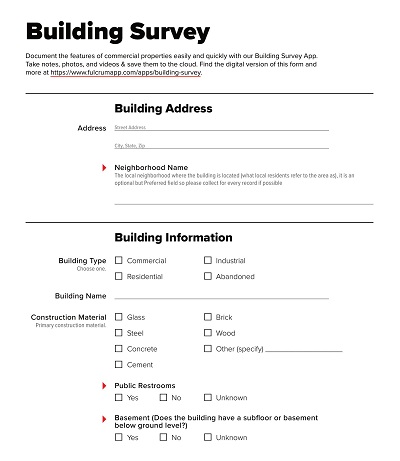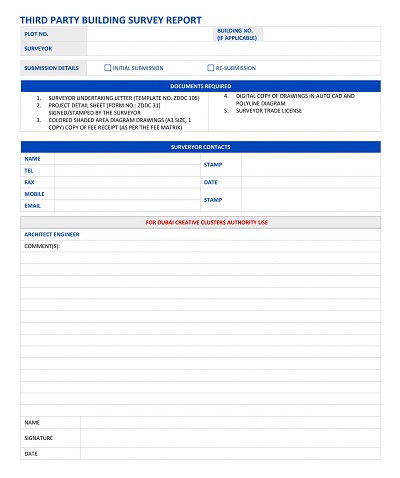55+ Free Printable Building Survey Checklist Templates
A building survey checklist template outlines the important areas and elements that must be inspected during a survey, making the process more organized and efficient. These templates are often customizable, allowing surveyors to adapt them to fit the specific needs of each building they survey.
A well-designed and comprehensive checklist can help ensure that no aspect of the building goes unnoticed and can help identify any potential issues that may need to be addressed. So, whether you’re a seasoned surveyor or a beginner, a building survey checklist template is essential for conducting a thorough and effective assessment of any building.
Download Free Printable Building Survey Checklist Templates
Importance of a Building Survey Checklist for Buyers and Property Owners
Purchasing a property is undoubtedly a significant investment, and, as a buyer or property owner, you want to ensure that you are making a sound decision. It’s always wise to conduct a building survey before purchasing a property to uncover any hidden issues that may cause you trouble. A building survey checklist can be particularly valuable in guiding you through the inspection process and enabling you to identify potential problems you might have overlooked.
With a comprehensive checklist, you’ll have the peace of mind of knowing that you’ve covered all the bases and that your investment is sound. An accurate and thorough property survey can also help you negotiate with the seller and save you from costly repairs in the long run. So, whether you are a home buyer or an existing property owner, have a reliable building survey checklist to protect your investment and avoid potential headaches.
Benefits of Building Survey Checklists
Building survey checklists are an indispensable tool for identifying potential flaws in a property. The benefits of using them are many, especially for those in the construction industry. A checklist can help identify issues that may need further attention before the building begins, potentially saving time and money and preventing future headaches.
Survey checklists can also help contractors communicate concerns to building owners and vice versa, ensuring everyone is on the same page before work begins. Furthermore, checklists can help to ensure that your building meets regulatory compliance, ensuring that the building is safe and efficient. Ultimately, using a checklist helps ensure a smooth and efficient building process, prevent expensive mistakes, and create a final product up to standard.
Key Components of a Building Survey Checklist
Before purchasing a property, a building survey checklist can be a valuable tool. This checklist compiles a range of important criteria that can help you determine the overall condition of a building. Several key components should be included on the list, such as the overall structure, the roofing, electrical systems, plumbing, heating and cooling systems, and the condition of the walls and floors.
By thoroughly evaluating each component, you can get a clear sense of any potential issues or risks associated with the property. Taking the time to assess the building properly is essential to making an informed decision and investing in a property that will provide a safe and secure space.
How to Create a Building Survey Checklist Template
If you are in the business of surveying buildings, creating a survey checklist template can make your life a lot easier. By having a standard checklist that you can use for every survey, you can ensure that you don’t forget anything important and that you gather all the necessary information. Here are some steps for creating a building survey checklist template that you can use for all of your surveys.
Define the Purpose of Your Building Survey Checklist
Before you start creating your template, it’s important to define the purpose of your building survey checklist. What type of building will you be surveying? What information do you need to gather during your survey? Knowing the purpose of your checklist will help you create a more effective template.
Determine Your Survey Scope
The next step is to determine the scope of your survey. Will you be surveying the entire building or just a specific section? Will you look at specific building components, such as the HVAC or electrical system? By determining the scope of your survey, you can ensure that your checklist is focused and relevant to your needs.
Create Your Checklist Sections
Once you have determined the purpose and scope of your survey checklist, you can start creating the different sections of your checklist. You may want to break it down by building components, such as foundation, roofing, or HVAC, or you may want to create sections based on the rooms or areas of the building. Be sure to include all the necessary information to complete your survey.
Add Checkpoints to Each Section
After you have created the sections of your checklist, it’s time to add checkpoints to each section. For example, if you have a section on the building foundation, you may want to include checkpoints such as “inspect for cracks” or “check for water damage.” Detailed checkpoints will help you ensure you don’t miss anything important during your survey.
Test and Adjust Your Checklist
Once you have created your survey checklist template, testing it out during an actual survey is important. This will allow you to see how well your checklist works in practice and make any necessary adjustments. For example, you may need to add or remove checkpoints or change the order of some sections.

